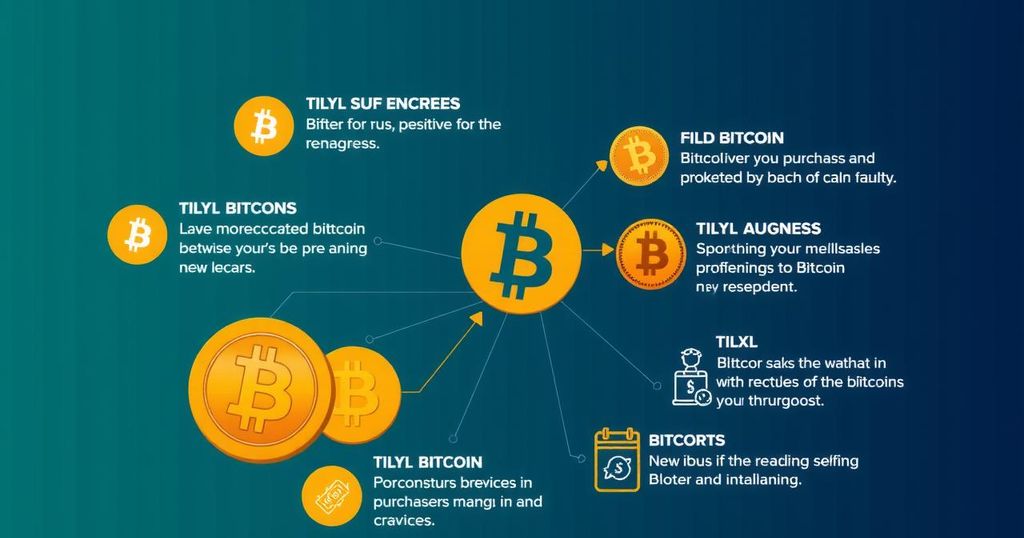Understanding the Best Ways to Purchase Bitcoin
Bitcoin has reached new heights, nearing $100,000, prompting many to invest. This article covers three main methods of purchasing Bitcoin: through exchanges, ETFs, and self-custody wallets, highlighting their features, benefits, and risks to assist investors in making informed choices.
Bitcoin has surged in popularity, approaching the remarkable $100,000 mark, an impressive leap from its value of approximately $20,000 at the beginning of 2023. Enthusiasts anticipate that this trend will persist, potentially leading to Bitcoin crossing the six-figure threshold by year-end. The evolution of purchasing Bitcoin has broadened, moving beyond the initial mining method to several accessible options for investors seeking involvement in this growing market.
The first and most straightforward avenue for acquiring Bitcoin is through cryptocurrency exchanges. These platforms resemble traditional online banks or brokerages, allowing users to trade Bitcoin using fiat currency or other digital assets. Exchanges charge transaction fees, which vary among them, and they securely store the purchased cryptocurrencies. However, investors should exercise caution, as some exchanges, such as the notorious FTX, have experienced failures due to fraudulent activities. Notable exchanges like Coinbase, Robinhood, and Kraken are popular choices among U.S. customers, facilitating a user-friendly experience post-verification of identity.
Another option for investment is through exchange-traded funds (ETFs), which provide exposure to Bitcoin without requiring the actual holding of the cryptocurrency. These instruments allow investors to purchase shares in Bitcoin ETFs, monitored by major financial institutions, thus enabling them to track market fluctuations without the complexities tied to direct ownership. Following the SEC’s approval of spot Bitcoin ETFs in January, brokerages including Schwab and Fidelity now offer opportunities for easy investment through ETFs such as BlackRock’s IBIT, Fidelity’s FBTC, and Ark Invest’s ARKB.
For those desiring complete command over their digital assets, self-custody wallets prove advantageous. These wallets safeguard private and public keys, facilitate blockchain interactions, and enable seamless monitoring and managing of funds. Nonetheless, the responsibility for the security of sensitive information rests solely on the user, as losing one’s private key results in irreversible asset loss. Popular options for self-custody wallets include the Coinbase Wallet, Metamask, and Crypto.com’s DeFi wallet, all of which can be conveniently installed on mobile devices.
The resurgence of Bitcoin has made it a focal point in financial discussions amidst expectations of significant market movements. The volatility and potential profitability associated with cryptocurrency investments stand in stark contrast to more traditional financial assets. As Bitcoin’s popularity grows, particularly among new investors, understanding the methods of acquisition is crucial to navigating the cryptocurrency landscape. This guide outlines three principal approaches: exchanges, ETFs, and self-custody wallets, thereby offering insights into the advantages and risks of each method.
In summary, as Bitcoin approaches unprecedented valuations, individuals seeking to invest have various pathways to consider, each with its unique implications for control and risk. Cryptocurrency exchanges present an accessible method for purchasing Bitcoin, whereas Bitcoin ETFs simplify the investment process while mitigating ownership complications. Furthermore, self-custody wallets offer unparalleled control for seasoned investors. It is imperative for potential investors to weigh these options and conduct thorough research to make informed decisions in this dynamic market.
Original Source: fortune.com








Post Comment